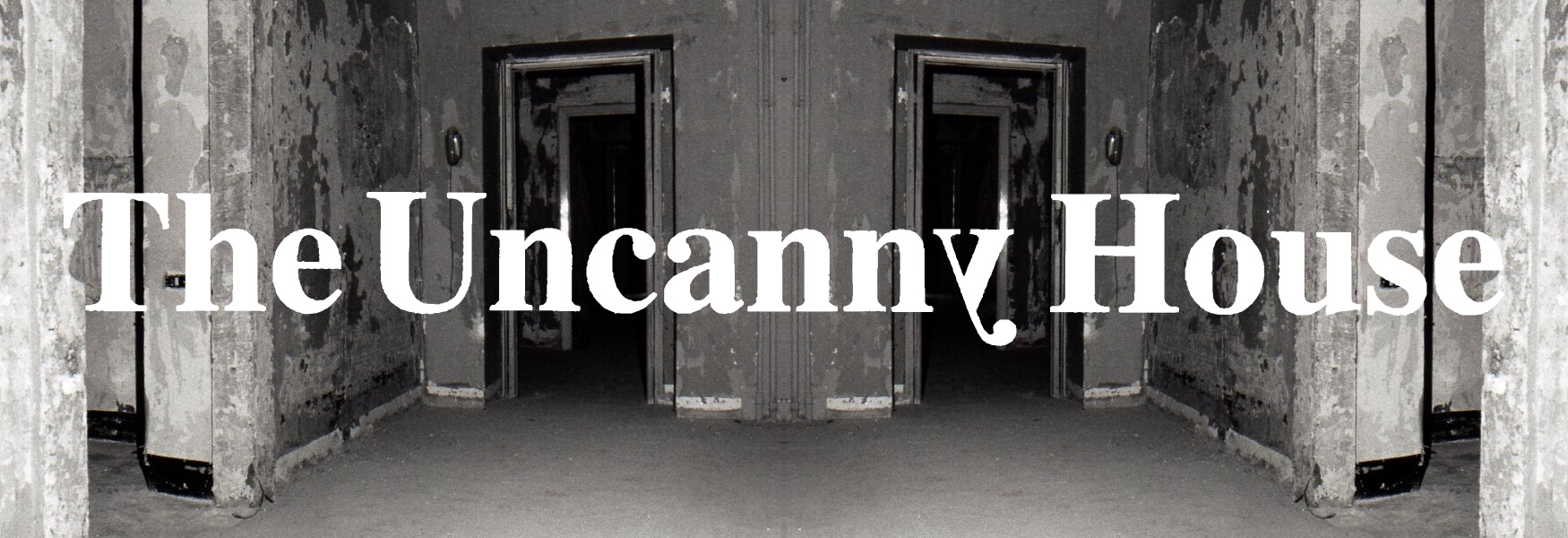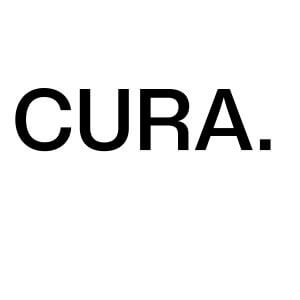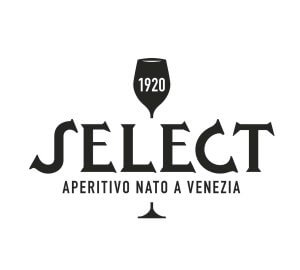

In the wake of the widespread leitmotiv that nourished literary fantasy, fairy tales, horror stories and artistic creation alike since the early 19th century, The Uncanny House investigates the sense of unheimlich within the rooms of the Rome apartment where Johann Wolfgang von Goethe lived from 1786 until 1788. A house that provides an especially favoured locus for uncanny disturbances: its apparent domesticity, its residue of nostalgia, its role as the last and most intimate shelter of private comfort sharpened by contrast of terror of invasion by ghosts and alien spirits. Through the work of eighteen international artists, the house thus becomes a place where ambiguities, obsessive thoughts and the neurotic folds of the human sphere become apparent.
Artists:
Mathis Altmann, Dora Budor, Tomaso De Luca, Anna Franceschini, Lenard Giller, Caspar Heinemann, Mélanie Matranga, Brandon Ndife, Giangiacomo Rossetti, Gregor Schneider, Max Hooper Schneider, Augustas Serapinas, Ser Serpas, Giovanna Silva, Analisa Teachworth, Nico Vascellari, Rachel Whiteread, Marina Xenofontos
Exhibition Architecture by BB
The exhibition is accompanied by a catalogue, published by
SORRY PRESS®
Mediapartner

Opening supported by
